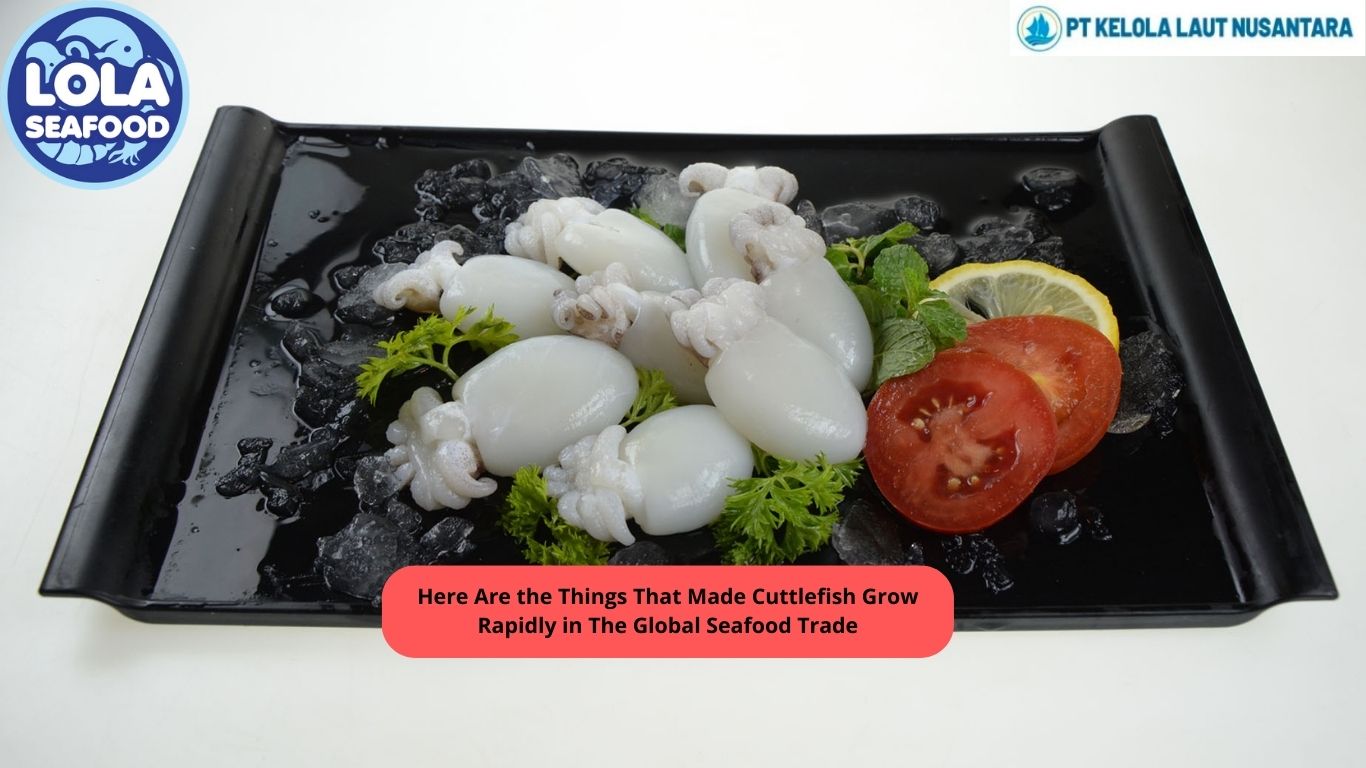9 Impressive Facts about Mud Crabs
By. Nevanda - 08 Nov 2023
kelolalaut.com - Mud crabs, scientifically known as Scylla serrata, are intriguing crustaceans that inhabit the coastal waters, mangroves, and estuaries of the Indian and Pacific Oceans. With their distinctive appearance and fascinating behaviors, mud crabs offer a wealth of fun facts that can captivate anyone interested in marine life and seafood. In this article, we'll dive into the world of mud crabs and explore some of the most fascinating fun facts about these crustaceans.
1. Ancient Residents of Earth
Mud crabs are not newcomers to our planet. Fossils of crabs resembling modern mud crabs have been found dating back to the Cretaceous period, around 145 million years ago. This remarkable longevity highlights their adaptability and success as a species.
2. Impressive Size and Strength
One of the defining characteristics of mud crabs is their impressive size and strength. These crabs can grow to be quite large, with some individuals reaching a carapace width of over 25 centimeters (10 inches). Their strong pincers are not only used for hunting and defense but also for crushing shells and cracking open prey.
3. Color-Changing Abilities
Mud crabs have the unique ability to change color, a trait known as physiological color change. They can adjust their shell color to blend in with their surroundings, making them well-camouflaged in the mud and mangroves. This adaptation helps them avoid predators and ambush prey more effectively.
Read also: Why Giant Mud Crab is a Popular Seafood in Various Dishes
4. Burrow Builders
Mud crabs are skilled architects, creating intricate burrows in muddy, intertidal areas. These burrows serve as both their homes and a safe refuge during low tide or adverse weather conditions. The burrows can be quite complex, featuring multiple chambers for various purposes, such as resting, mating, and molting.
5. Cannibalistic Tendencies
Mud crabs are known for their cannibalistic tendencies, particularly during the mating season. Adult males may consume smaller crabs, including juvenile mud crabs. This behavior can help maintain population balance and reduce competition among individuals.
6. Omnivorous Diet
Mud crabs are opportunistic omnivores, meaning they eat a wide range of foods. Their diet includes algae, small fish, mollusks, detritus, and even other crabs. This adaptability in their feeding habits allows them to thrive in a variety of environments.
Read also: Get To Know About 7 Fun Facts of Amaebi
7. Migratory Marvels
Mud crabs are known for their impressive migrations, covering substantial distances to reach their preferred breeding and foraging areas. They often move with the tides and lunar cycles, making use of the changing water levels to facilitate their travels.
8. Valued as Seafood
Mud crabs are highly sought after in the culinary world for their succulent, sweet meat. They are considered a delicacy in various cuisines, particularly in Asia and Australia. Dishes like chili crab, black pepper crab, and crab curry showcase the versatility and delectable flavor of mud crab meat.
9. Importance to Ecosystems
These crabs play a significant role in the ecosystem by helping to control populations of small organisms and recycling nutrients. Their burrowing activities also contribute to the aeration and nutrient turnover of coastal sediments, benefiting the health of the ecosystem.
Mud crabs are truly remarkable creatures with a rich history, impressive adaptations, and an essential place in coastal ecosystems. These fun facts about mud crabs offer a glimpse into the intriguing world of these crustaceans, whether you're interested in marine biology, culinary delights, or simply appreciate the wonders of the natural world. The more we learn about these fascinating creatures, the greater our appreciation for the intricate web of life that thrives along our coastlines.
Read also: Amaebi's Nutritional Profile that You Should Know
.jpg)
 (1).png)


.jpg)
.jpg)
.jpg)

 (3).png)